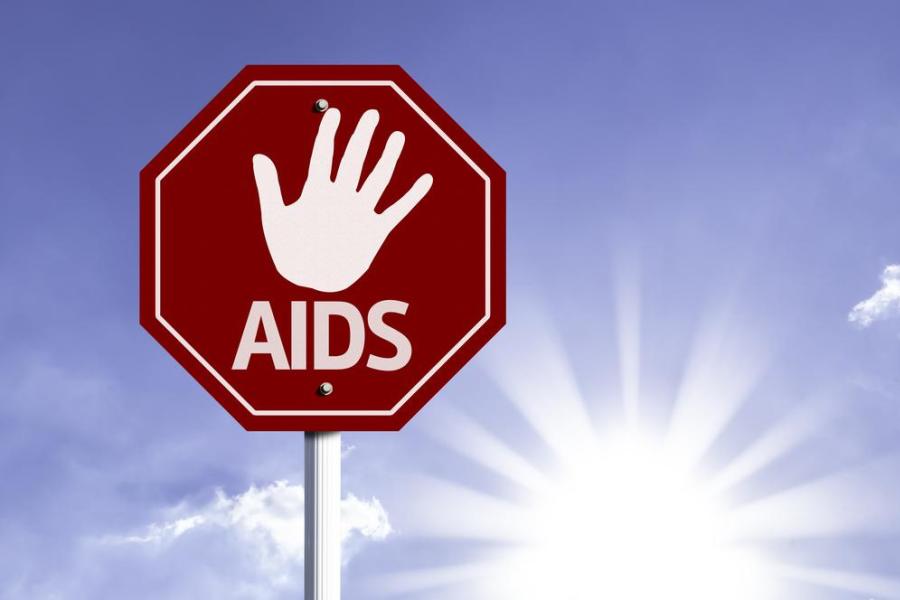
Pathology and Transmission of HIV
Pathology of HIV
The HIV virus is highly intelligent and adaptable, which makes it harder to treat. There are many efforts being taken by people all around the world to understand the actual pathology, disease progress, and probable cure for the HIV infection and AIDS.
HIV virus typically cannot survive outside of the body for long periods of time, it is however speculated to be able to can live in body fluids or blood droplets for several weeks in favorable conditions. The HIV virus requires human blood cells to replicate.
Once inside the human body, HIV virus invades in the immune cells and blood cells, like CD4+ T cells and macrophages. The virus attaches to the CD4 and CCR5 (co-receptors) and fuses with the cell surface. The virus releases viral RNS and proteins into the cell and viral RNA reverse transcribes onto the cells DNA. The DNA is then transported into the cell’s nucleus and becomes part of the cell’s genome.
The CD4 lymph is most targeted by HIV, which is why the infection typically starts in the lymph nodes where most of the immune cells are present. The HIV infection leads to scarring and shrinkage of these nodes.
The infected immune cells are destroyed by our body, which ultimately leads to a decrease in a total number of immune cells. The decrease in immune fighter cells, which are responsible for seeking out and destroying foreign and mutant cells, decreases the vitality of the immune system. This, in turn, increase chances of obtaining various other infections and cancers.
Transmission of HIV
The spread of HIV does not occur through casual contact like the common cold. Nor does it spread through air, food, water, mosquitos, other parasites, by shaking hands, sharing dishes, glasses or toilets and hugging. It requires exposure to blood and body fluids such as semen, breast milk and other body fluids like saliva.
There is an increased risk for transmission if the HIV infected material comes in contact with a non-intact body part such as an open cut on the skin, in the mouth, or on the genitals. Direct delivery of the virus through blood transfusion is not common anymore due to advances in modern medicine and blood testing. However, the following are means through which HIV is transmitted:
Sexual Activity
HIV/AIDS is a sexually transmitted disease. The most common route of contracting HIV is through sexual intercourse with a person infected with HIV. Using a condom can reduce the risk of HIV spread sex without a condom. The presence of other STDs also increases the risk of infection with the HIV virus.
Needles
The second most common route is by the use of an infected needle, especially for drug abusers. It has been found that HIV virus can live for up to 42 days on needles in favorable conditions.
Mother to child
Another less common and largely preventable cause of the spread of the HIV infection is from mother to her child. This is also known as vertical transmission. This spread can occur during pregnancy, childbirth or via breastfeeding.
Health Care Workers
The health care providers are exposed to the risk or an accidental injury by some objects like contaminated needles, contaminated syringes, body fluids, tissue, and other sharp materials.
Blood Transfusions
Transfusion of blood and other blood products also carries a risk of getting HIV. This was common in earlier days, however, rigorous testing of all the blood products has decreased the likelihood of transmission.
Silent transmission
An unfortunate factor in the spread of HIV is that many of the infected persons do not have any signs or symptoms. This leads to an increase in the spreading of the disease without the knowledge of the recipient.




